Some games are just meant to be mobile. They should have tap functionality, the personability of a small screen close to a user’s face, and repetitious gameplay that isn’t as fun on a big screen, or with a joystick or d-pad.
While a few games make the transition from PC to mobile well enough, such as Five Nights at Freddy’s or FTL, Puzzle Fighter does not.
The HD sequel to Capcom’s Super Puzzle Fighter II Turbo, Puzzle Fighter combines Street Fighter hero battles with Tetris-like puzzles. Think Dr. Mario with less parasites (unless micro-transactions count) and more combo attacks. Players match their skills against others online, trying to upgrade their characters and enhance their skills in order to become the best puzzle fighter around.

Puzzle Fighter entered the Play Store on November 27, and long time fans of the original puzzle game are finding themselves disappointed. In the transition from beloved arcade game to mediocre mobile title, its blatant exploitation of micro-transactions and lack-lustre single-player mode has soured the release for many fans.
The Money Struggle
Puzzle Fighter‘s appeal is that it’s free-to-play, so at least players won’t have to spend any money if they don’t want to. However, if a player ever wants to make a name for themselves and feel like they’re accomplishing something, they’ll have to partake in the bane of modern gaming — micro-transactions.
Players can either grind their way to the top (which is rendered nearly impossible considering the limited single-player mode) or they can buy their way to the top. Using in-app purchases you can upgrade skills that no longer require actually playing the game to unlock, along with accessing characters that should be available to all players, as they were in past titles.
And that’s without mentioning the loot crates that are available, which are most easily accessible to players who choose to shell out some money. Suddenly, the similarities this game has with Star Wars Battlefront 2, which also withheld popular characters and attempted to push players towards spending money on loot crates, is strikingly apparent.
Characters and skills that should be reasonably acquirable through standard amounts of gameplay make enjoying this app a chore. What was wrong with unlocking characters through beating levels? Seems like a tried-and-true method that didn’t need to be turned into an all too transparent cash grab.
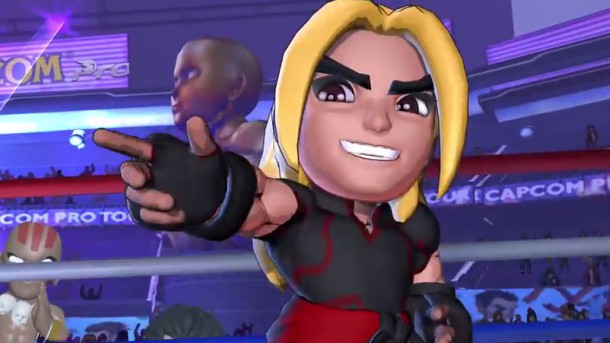
The Game Mode Struggle
Perhaps the reason micro-transactions are necessary in this game is because of the limited single-player mode. Not everyone enjoys playing games by themselves, and the rush of annihilating an anonymous face of a stranger can be exhilarating. But for those that like to up their skills before throwing themselves to the wolves (read: online gamers), it’s nice to play in a single-player mode.
But Puzzle Fighter doesn’t give players that chance. They can complete the three missions available and then have to either wait half a day for the missions to refresh, or they can pay to have them refresh sooner.
The three missions have multiple difficulty levels, but how difficult are they if the AI doesn’t use the dragging feature of the tiles? The AI’s tiles gently float to the bottom of the screen, while players can quickly drag theirs to the bottom and easily defeat even Expert level missions.
If players decide that they’d rather not pay, they are left to play multiplayer — an intimidating arena that can bring back flashbacks to the early days of Rocket League, when everyone was better than you and death was a constant.
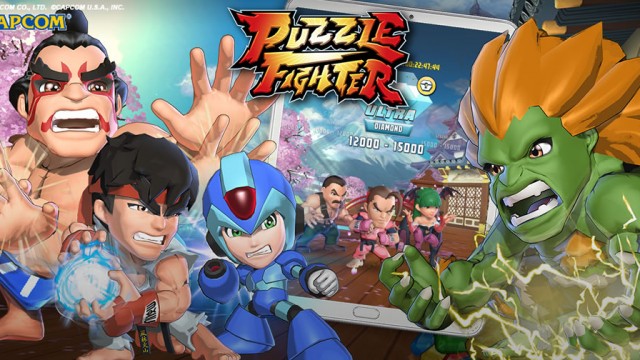
True, the game pairs players with similar rankings, but if people decide to play the game without using money, they’re going to spend a lot of time grinding through similar levels with the same three teammates over and over, until finally they start to think that maybe spending a few dollars couldn’t hurt.
So really, players have four choices:
- Play single-player, wait, and be bad for a while
- Play single-player, pay, and grind three levels over and over again
- Play multiplayer, don’t pay, and grind for a long time in order to advance
- Play multiplayer, pay, and advance immediately without any work
At what point does Puzzle Fighter stop being a game and start being a transaction?
The “Everything Else is Fine” Struggle
Despite it all, Puzzle Fighter has some good aspects. The concept is fun and reminiscent of arcade games, and it’s easy to get addicted — just one more level, one more shot, I’ll do better this time, I’m on a roll!
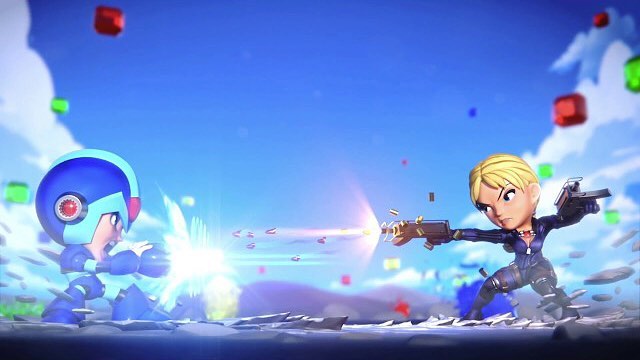
The graphics are nice if viewers can look passed how the HD effects can make the paring of tiny bodies with big heads appear awkward. That being said, the animations have smooth transitions, with no awkward stances or noticeable oddities in the idle animations.
The vibrant and popping colors work well as puzzle tiles but can sometimes be distracting in the menu screens, which caused me some confusion in the shop and upgrade menus. There always seems to be something going on, and the colors make it difficult to discern right away what that something is.
The voice acting sounds professional and well done, but the lack of variation in scripted lines and the repetition of sounds during combat can become very annoying, very quickly. Especially if you’re someone who hasn’t spent money to get new characters, meaning you’re stuck with the same characters for a long time.
Gameplay is easy to pick up, with a helpful tutorial and simple mechanics. Though not even a tutorial can teach strategy as effectively as losing a bunch of times can.
Verdict
Puzzle Fighter and the mobile plaform seemed like a match made in heaven. The simple puzzle tactics paired with cutesy art and animation are a perfect fit for a hand-held title, with Dr. Mario-esque fun.
But Puzzle Fighter‘s shortcomings reveal themselves in the excessive dependence on micro-transactions for its players to succeed. This, along with the limited single-player mode, turned what could have been an addictively fun game into a mediocre caricature of its past self. Puzzle Fighter serves as yet another reminder that some publishers and developers don’t care if people enjoy playing a game, as long as they’re spending money.

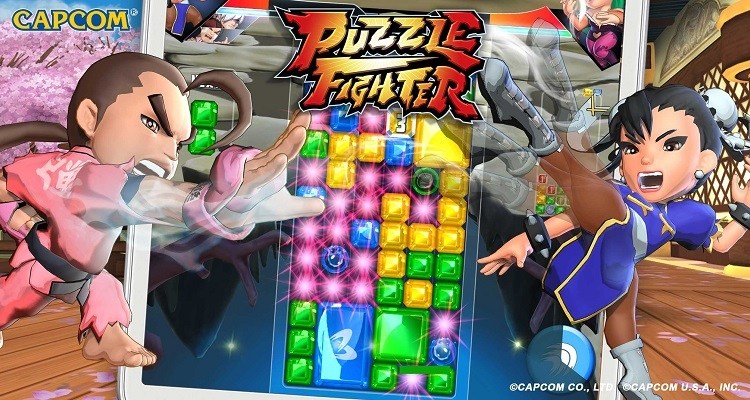
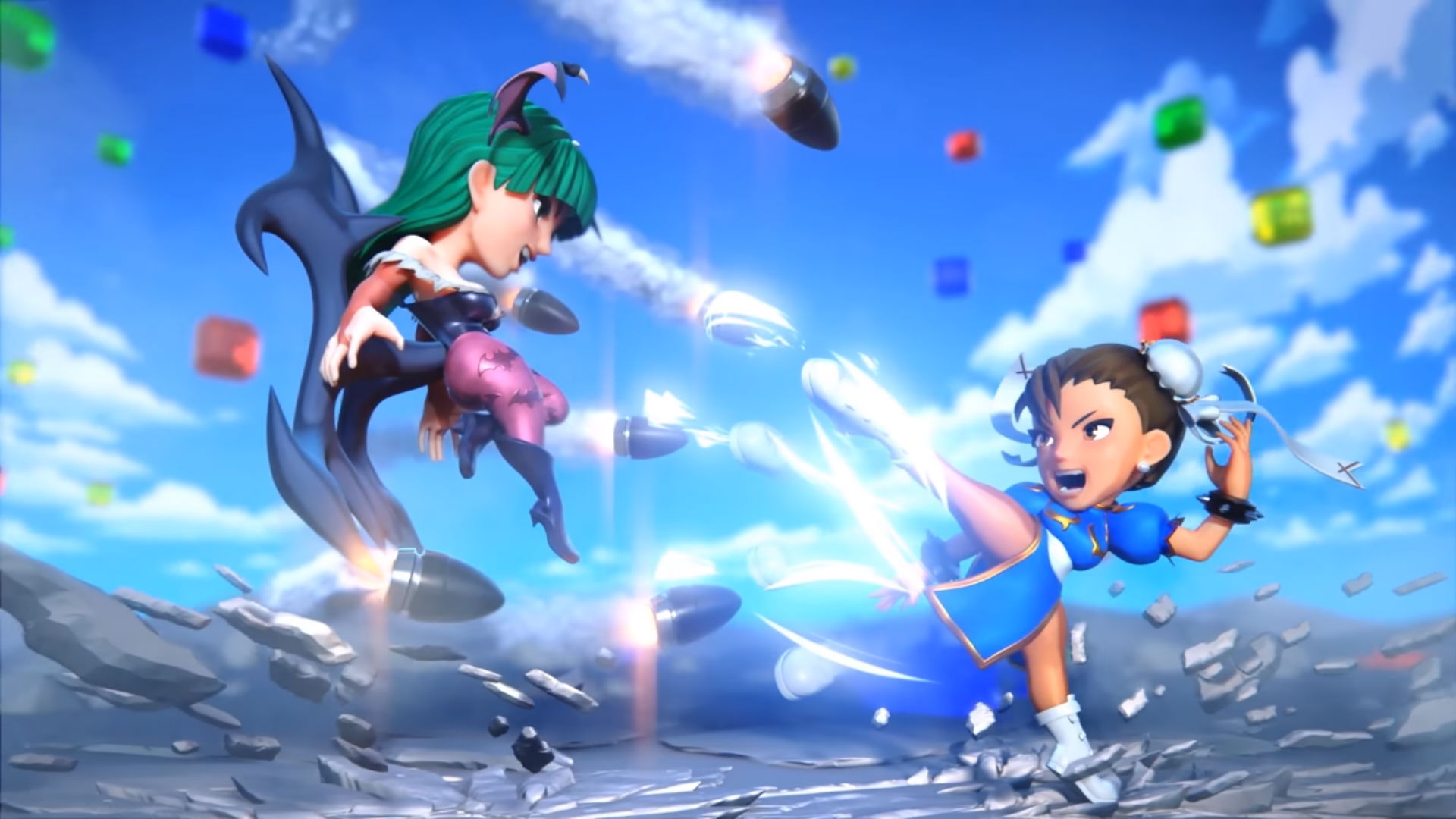





Published: Dec 5, 2017 06:38 pm